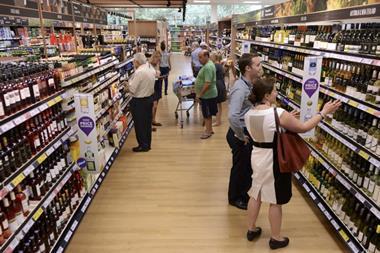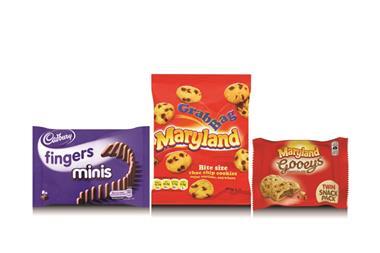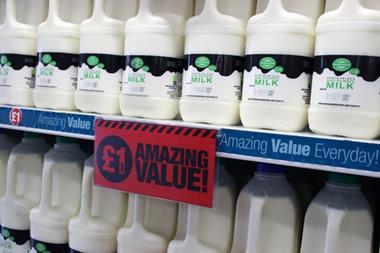Tesco, Sainsbury’s and Morrisons are suffering severe downturns in trade and are rushing to blame the discounters. But I believe their trading woes stem from an entirely different source - ignoring their customers!
Over recent years, the trading models of the supermarkets have become more focused on back margin: The money they charge their suppliers (leading brands) for things like premium on-shelf product positions.
In a nutshell, retailers and the brands that supply them have been locked in an ever-more artificial war. Each is spending their time fighting each other, with the stores wanting to find new revenue streams from the brands and the brands trying to find ways to retain some margin.
In this spreadsheet-based situation, reality takes a back seat and decimal points drive the bus. In all the furore, one vital aspect of commercial common sense has been ignored - the needs of the customers: those apparently insignificant individuals that are responsible for the wages of supermarket executives and brand account managers.
Take a look at a typical 21st-century supermarket and ask yourself how well it meets shoppers’ needs. Yes, it may be an efficient stock-laden warehouse. Yes, it may allow for cost-effective seasonal changes to the layout and yes, it may optimise staffing levels from an economic perspective. But is it what shoppers want?
“Is a typical 21st-century supermarket what shoppers want?”
The typical store has about 50,000 products. Way too many! Do shoppers really desire a choice of 300 cheeses? Do any of us really need a selection of more than 100 coffee products and a further 100 tea products? How are shoppers helped to make sense of the range or to see exciting new products? Most of the time they aren’t. Why? Because of the corporate police! Whether a brand has a solid insight-based reason to be displayed in a unique way is irrelevant. If they desire to do anything that looks the slightest bit different to everything else in the store then the ‘computer says no.’
What about special offers? Recent research suggested that more than 20% of products were on some form of deal at the same time of year in the same supermarkets. That’s 10,000 offers that face the average shopper. If each shopper spends 40 minutes doing their weekly big shop and passes by just half of the products in store, then they’ll be exposed to 5,000 offers: or more than two every second!
So what’s the answer? It’s remarkably simple: stop behaving as one big trade negotiation and go back to serving customers. Give the shoppers what they want, and they’ll come. When shoppers are looking to buy a bottle of Champagne, they don’t want the exact same shopping experience as buying a bottle of bleach - but that’s what they get in a supermarket. Should the party frocks be on exactly the same type of fixture as the potatoes? No. But they are!
So retailers and brands should stop looking at each other - and cast an eye over their shoulders to see what those who pay their salaries want. Meet the needs of the shoppers in the aisles, and sales will return.
Phillip Adcock is managing director at SBXL



















1 Readers' comment